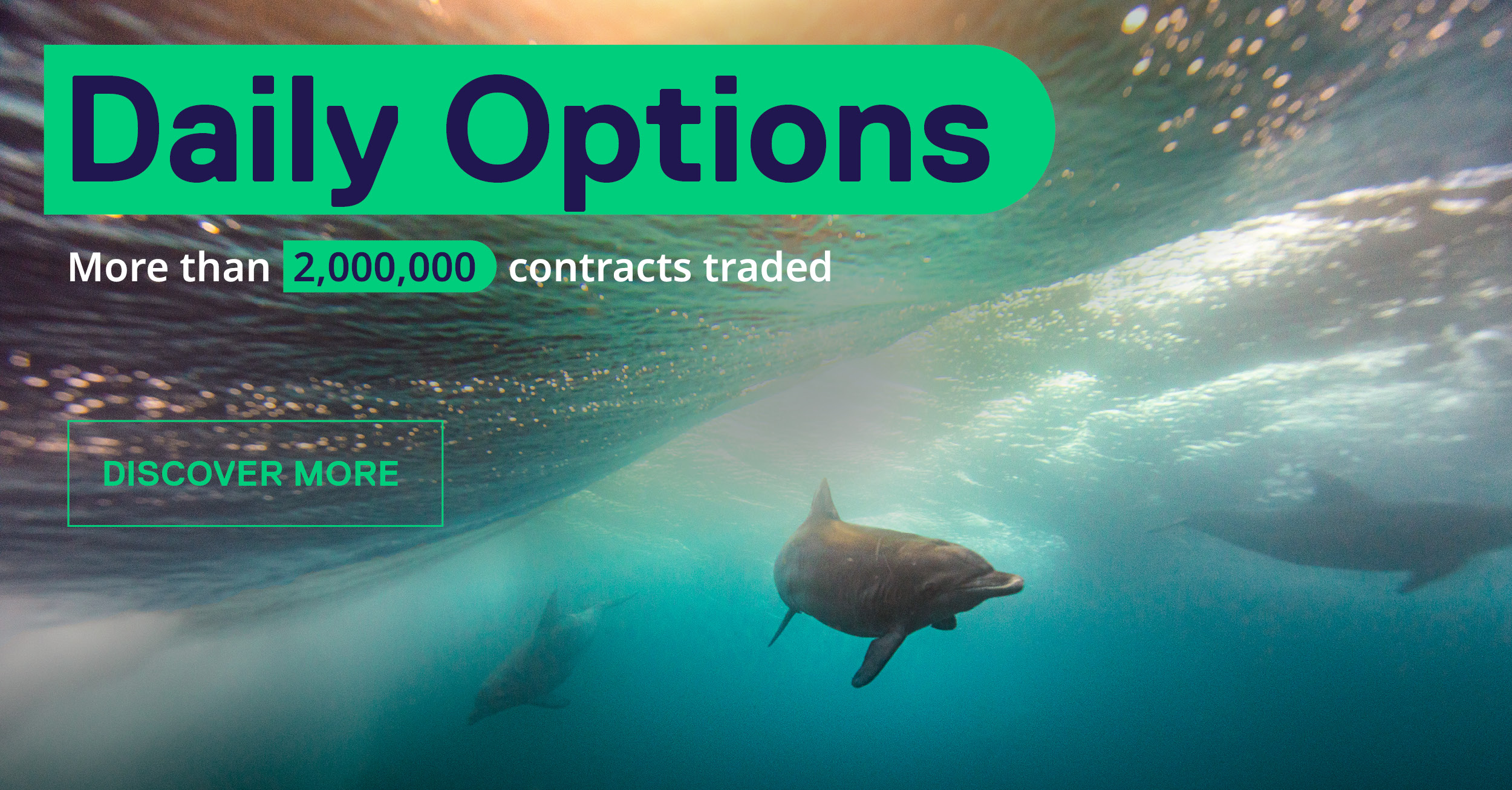How has the changed interest rate environment affected the Funding & Financing segment?
Frank Odendall: The abrupt rise in interest rates, but also the earlier than initially expected repayment of TLTROs, has led to an increase in the cost of funding on the capital market. For the first time in many years, cash driven repo transactions and, in particular, such transactions cleared through a CCP have come back into focus. Accordingly, the number of participants active with us has increased and the pipeline of new participants wishing to connect with us – especially in GC Pooling – is well filled.
Frank Gast: Yes, and the upward trend continues – not only for short-term, but also for longer-term repo transactions of up to one year. The GC Pooling segment, which is traded and cleared by Eurex Repo and Eurex Clearing respectively, is particularly interesting here in terms of capital costs, settlement efficiency and the wide range of eligible securities that can be used for funding.
How has the ECB’s remuneration policy affected your market?
Frank Gast: Very positive. The change in the ECB’s remuneration cap for non-bank deposits has meant that, after many years, non-banks and new customers are finally providing more liquidity in our repo markets – especially since the ECB, through their national central banks, has only been paying €STR -20bp on non-bank cash deposits since May. As a customer, if you receive around €STR in the centrally cleared repo market but only €STR -20bp at the ECB, the decision is clear. Bundesbank recently announced to not even pay any interest from 1 October. We can imagine that this will bring even more attention to CCP repo for public authorities.
Frank Odendall: In addition to the increasing demand from financial agencies, supranational or central banks outside the Eurozone, a new group has emerged. This is pension funds. Here, too, volumes have risen steadily over the last two years.
What lessons can be learned from the widely discussed gilt crisis?
Frank Odendall: Buy-side entities, but also banks, should always ask themselves whether they are well positioned in terms of liquidity management. This applies to business as usual as well as to crisis situations. During the gilt crisis, it became clear that clearing through a CCP can be very useful – not only because of the risk mitigation provided by a central counterparty, but also because of the more efficient settlement infrastructure. In a bilateral world, this can often be very complex and therefore more vulnerable to disruptions.
Of course, clearing houses need to adjust their margins in times of extreme volatility. Ultimately, however, the discussions around margin increases have helped clearing members and clients to better understand that this is an intended feature of margins and part of risk management’s logic.
What does this mean for repo markets in the future?
Frank Gast: For a clean and stable funding structure of repos and reverse repos, we need a balanced participant structure. The more participants with different interests and positions, the stronger the liquidity pool.
Even though today commercial banks, national debt management offices (DMOs), central banks, supranationals and, most recently, pension funds already participate in Eurex’s repo markets, we still expand to more participant groups for an even more resilient market structure. These are for example insurance companies, money market funds or hedge funds. For the latter, too, we have been offering direct access to the clearing house via ISA Direct Indemnified since last year. We are currently in a pilot phase with the first hedge funds interested joining us.
Are we still dealing with a scarcity of collateral?
Frank Odendall: The issue of “collateral scarcity” is less prominent than in the second half of last year, due to the TLTRO repayments. Nevertheless, further shortages cannot be ruled out.
These can be caused not only by reduced supply, but also by increased demand – for example, due to higher margin requirements for uncleared derivatives or a general increased need for hedging in volatile markets. But mandatory clearing in OTC transactions also increases the demand for high-quality government bonds.
Frank Gast: Let us not forget that currently more than half of our volume is in special repos. These are repo transactions that are tied to a specific security. Demand pressure can also arise here.
Do you see any impact on the repo markets coming up from regulation?
Frank Odendall: There are multiple developments likely making cleared repo, particularly centrally cleared dealer-to-client repo, more attractive and relevant for market participants.
First, within the current EMIR 3.0 discussion, it is suggested to remove some relevant barriers for regulated buy-side firms to effectively access cleared repo, e.g., counterparty limits. Secondly, potentially changing GSIB treatment of repo exposures under Basel 4.0 should increase the value of central clearing. And finally, some recent publications by central banks have highlighted risks and deficiencies of the bilateral repo markets and suggested the introduction of a repo clearing obligation.
How do you see the development for the rest of the year?
Frank Gast: Even in the traditionally rather quiet months of July and August, we saw exceptionally high trading activity with a lot of term transactions. We expect this trend to continue for the rest of the year. In addition to the interest rate environment, we are optimistic about the pipeline of participants currently in the onboarding process. These are high potential participants such as global custodians, central banks, DMOs or buy-side firms. And the closer we get to the ECB deposit rate with our repo rates, the more we will see other banks as cash providers.
In addition, several clients want to pay more attention to our Green Bond basket activities, which we very much welcome. We will aim to further promote this new segment und the ESG umbrella, even though we realize this is at an early stage for the secured funding markets.
As you can see, the signs are good. The repo business will continue to grow, contributing significantly to Eurex’s success in being the “Home of the euro yield curve”. Through initiatives such as cross-product margining between Eurex cleared repos and derivatives, we will continue to provide our participants with further efficiency benefits along the whole euro yield curve. As a leading market infrastructure provider our overarching aim is to help to improve the attractiveness and resilience of European capital market.


